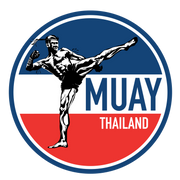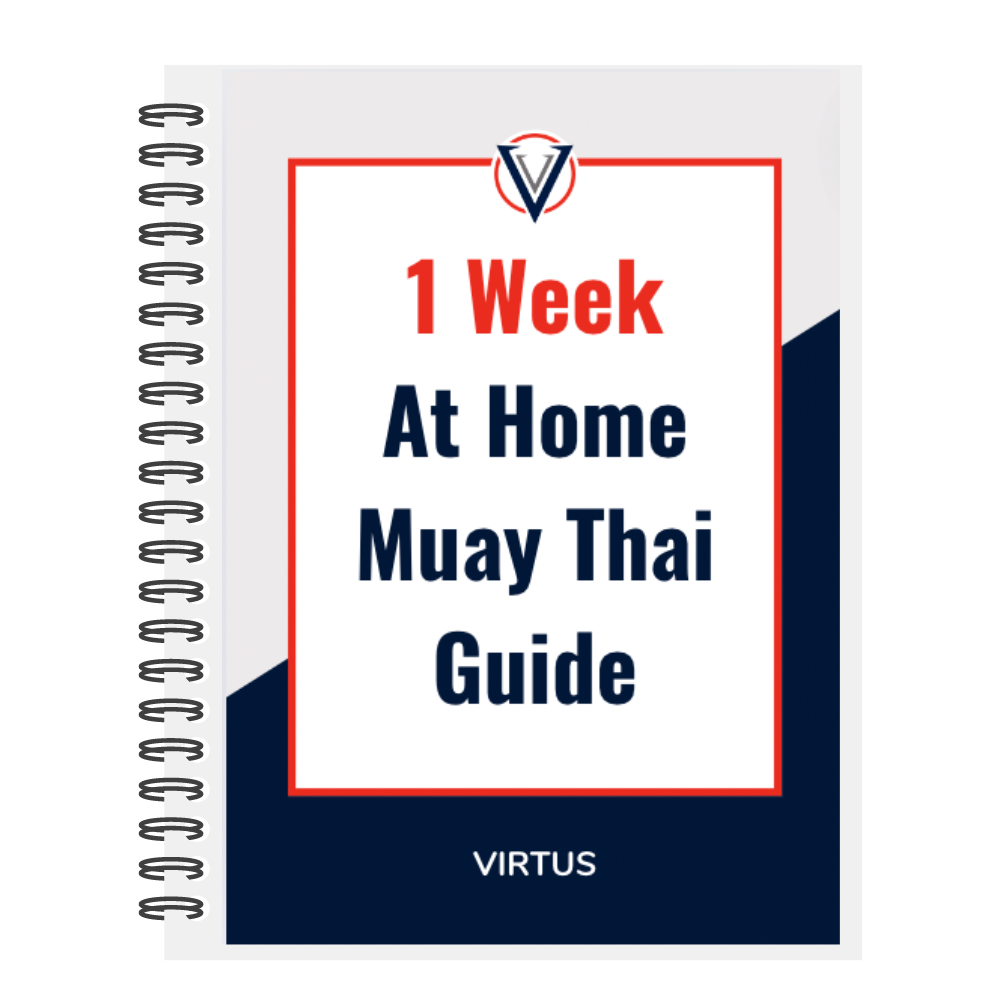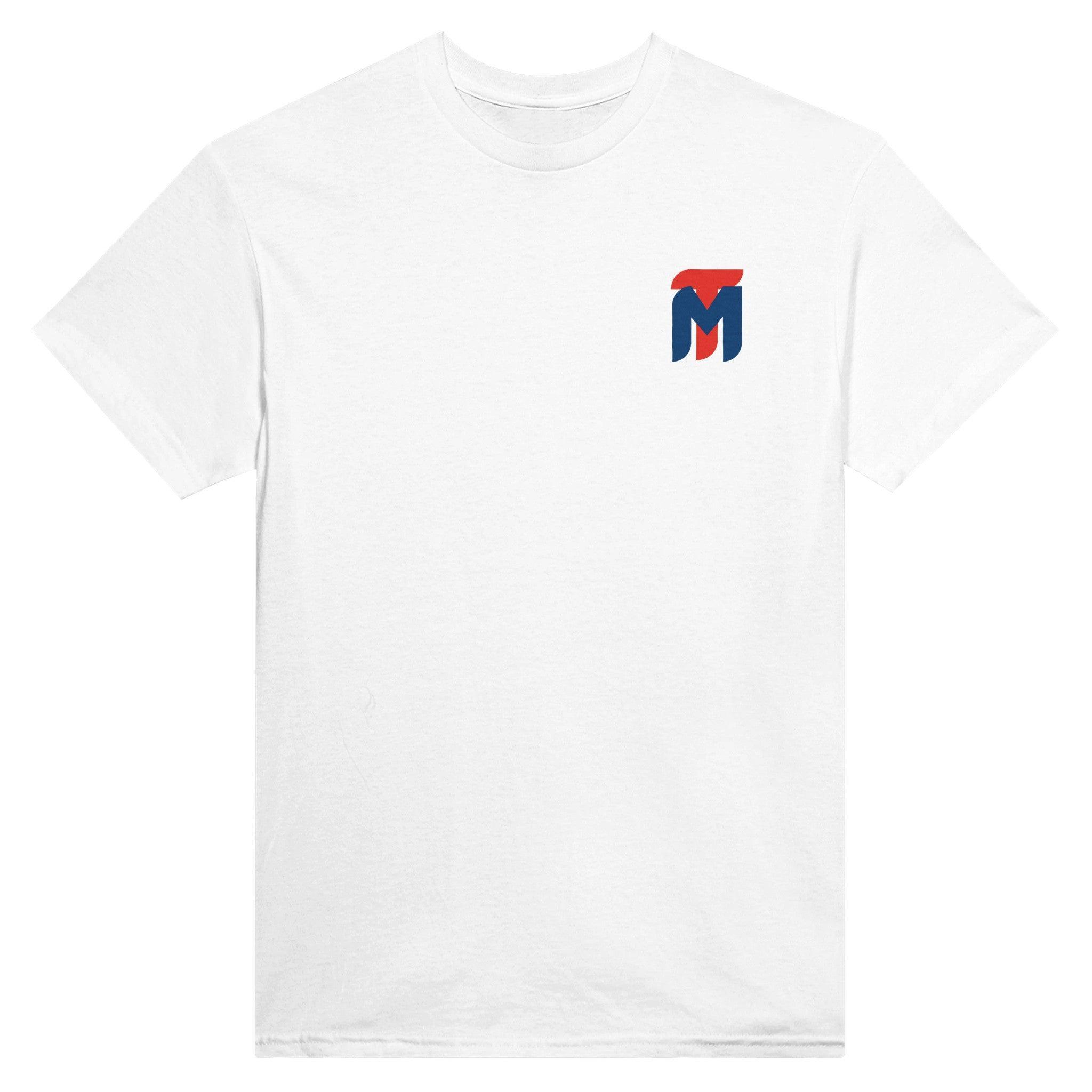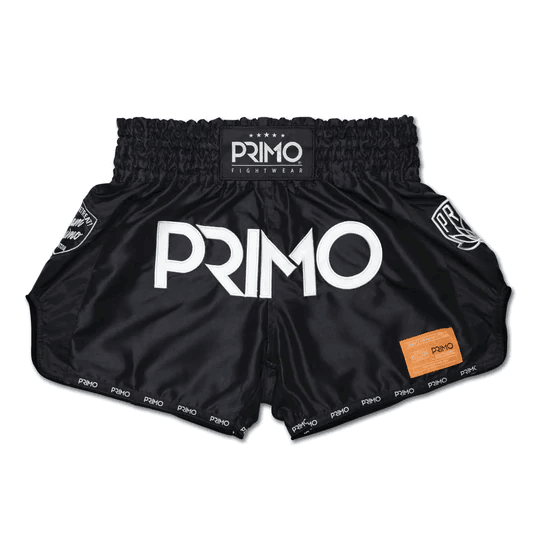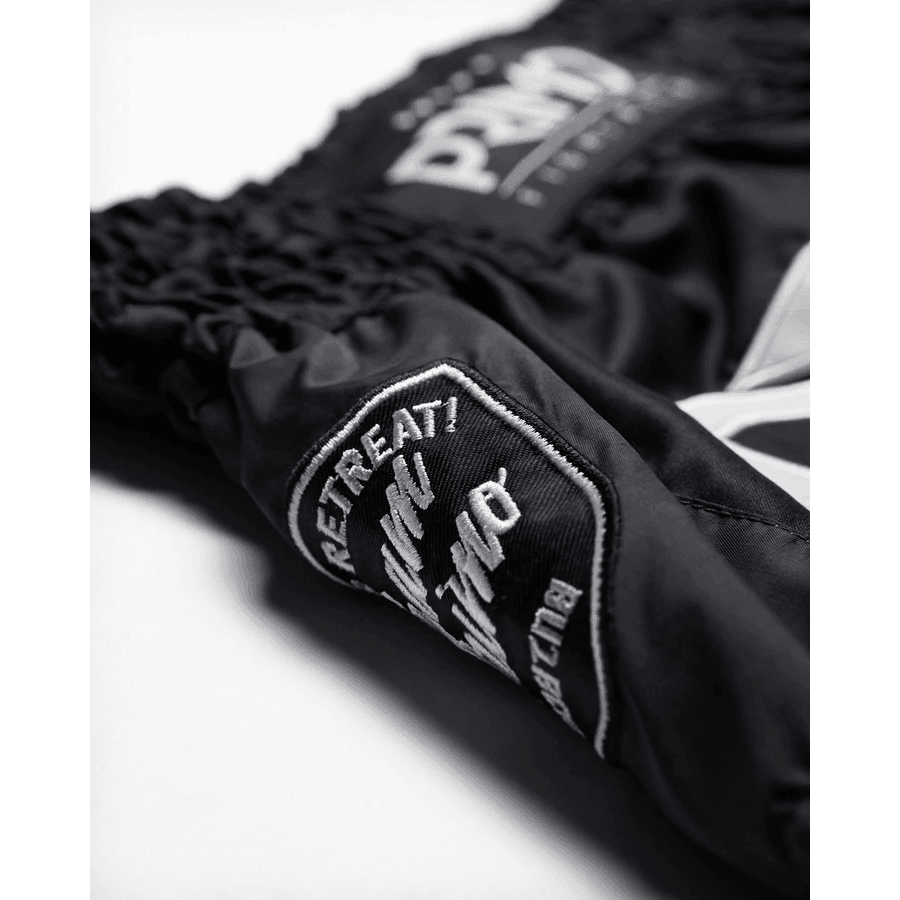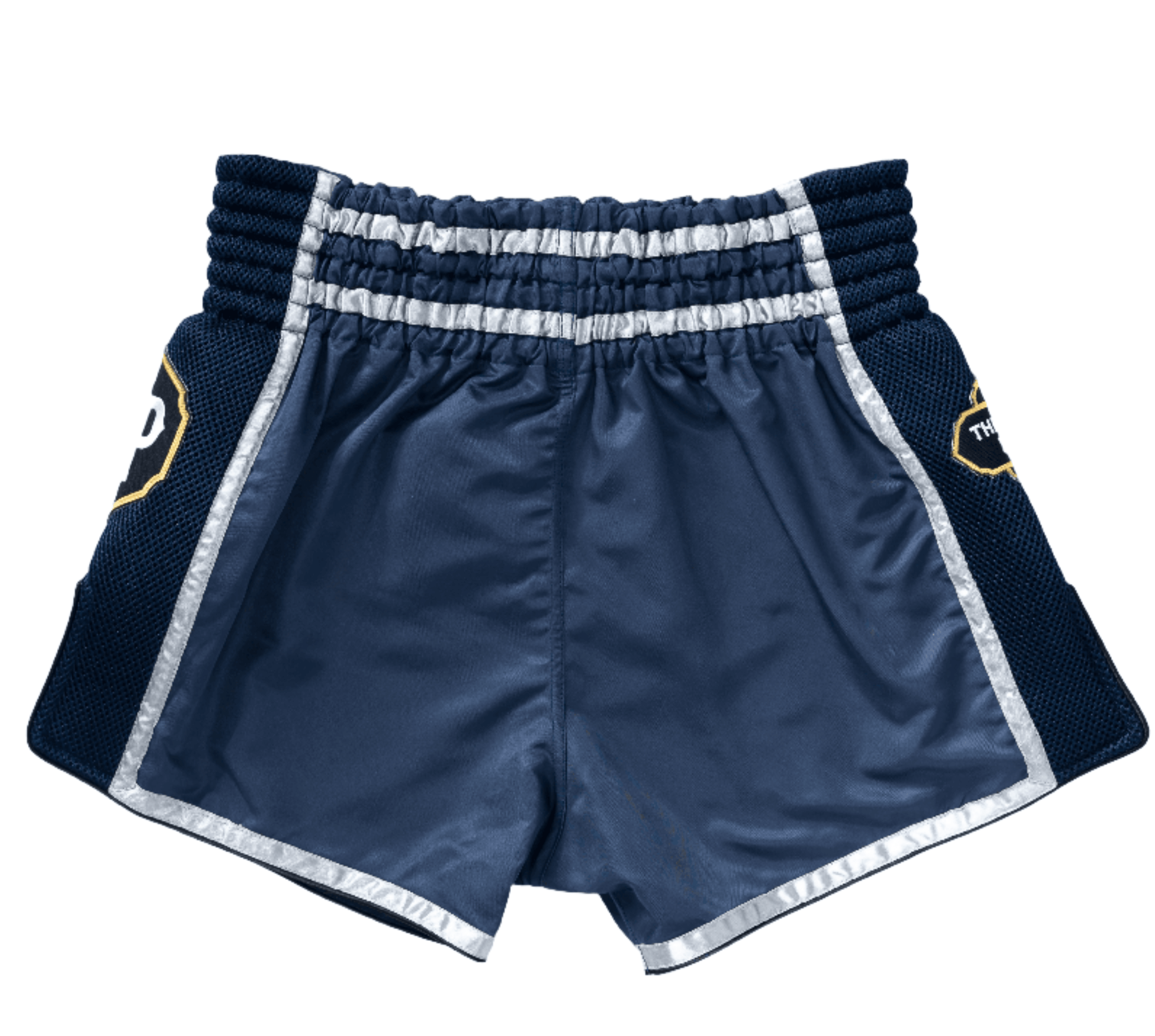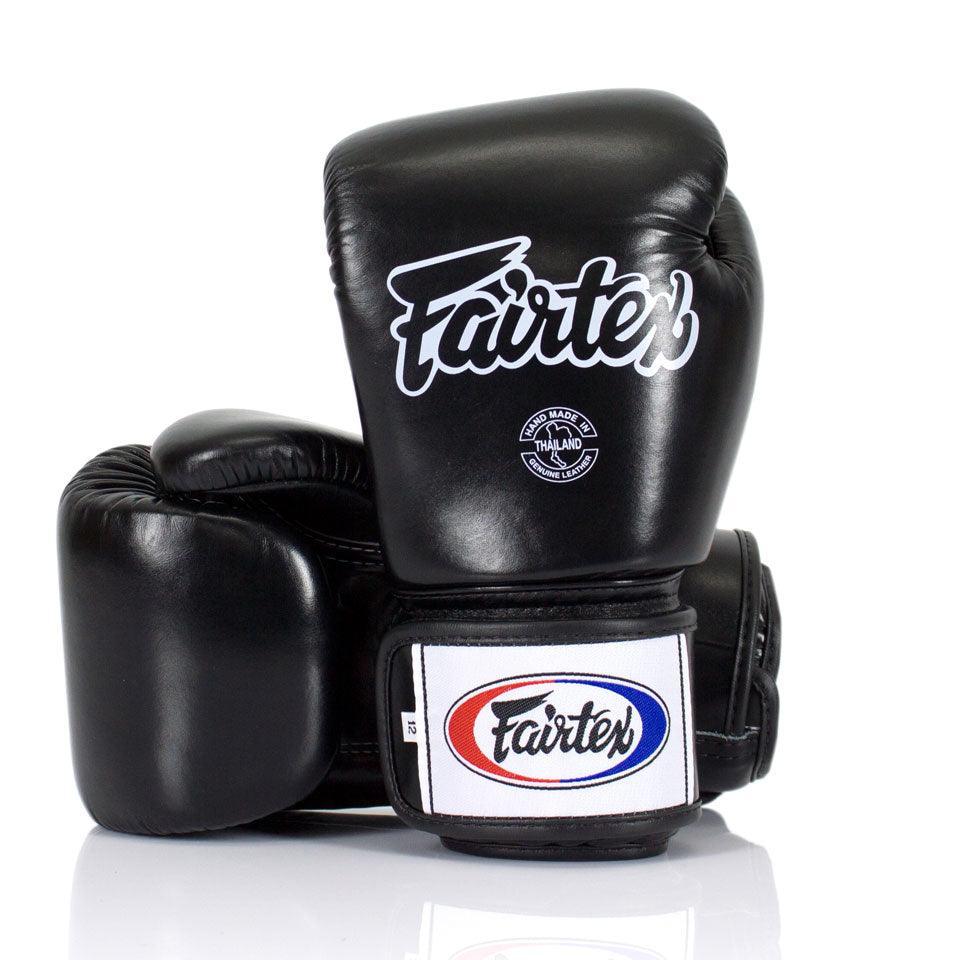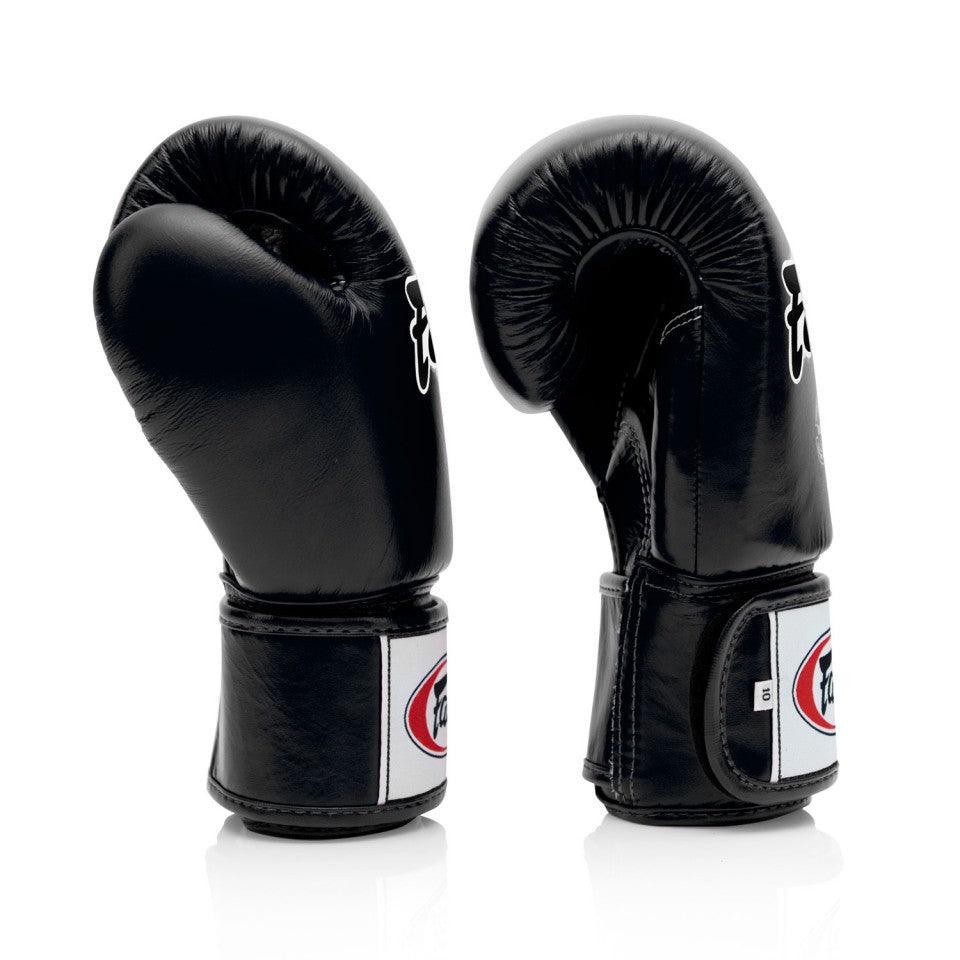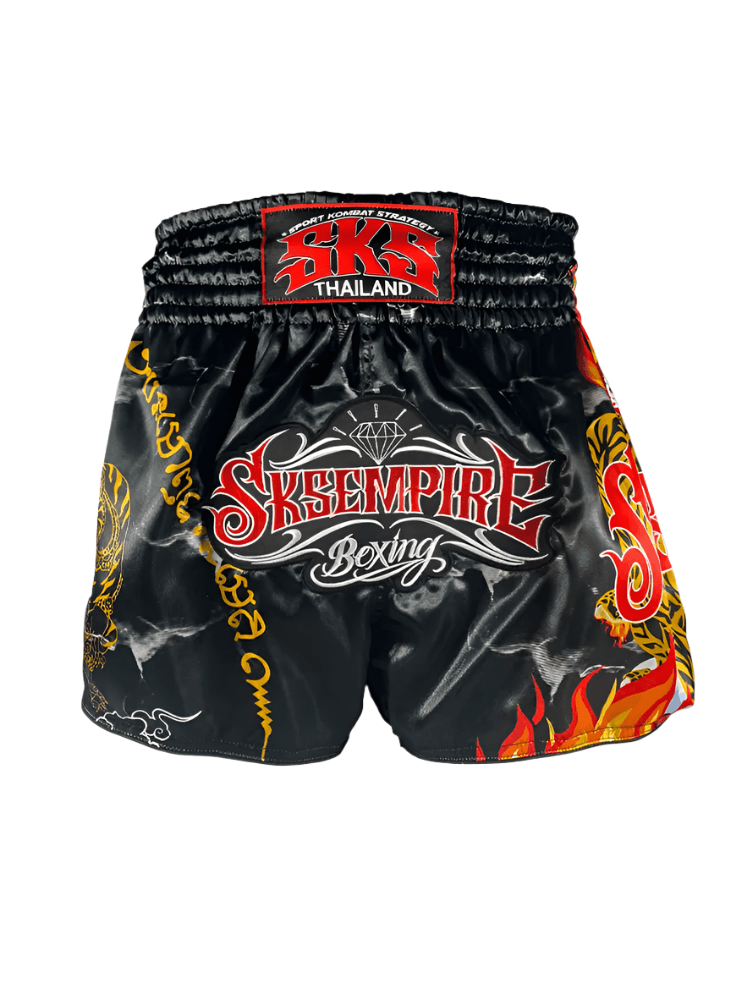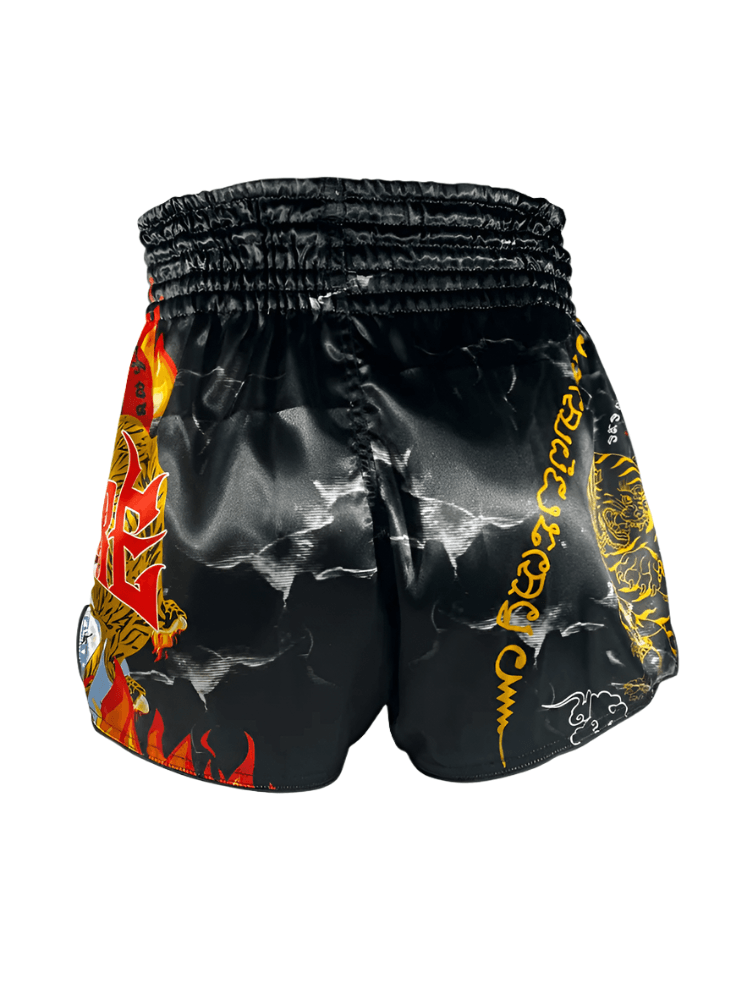Modern Muay Thai has evolved from its historical Muay Boran roots, where it was used in battles when soldiers lost their weapons, to a regulated, rules based ring sport and the national sport of Thailand. Muay Thai, also known as "Thai Boxing", is arguably, besides cuisine, Thailand’s most famous cultural export and, nowadays, is known throughout the world for its beauty and brutality. It is the principal striking discipline used in MMA and its global popularity is growing rapidly – ensuring its future on the world stage is as exciting and interesting as its history.
Muay Boran
The exact origins of Muay Thai are unclear, but it is believed to have originated in the 13th century during the Sukhothai period (1238-1438). At this time, the kingdom of Siam was constantly at war with its neighboring countries. As a result, soldiers were trained in hand-to-hand combat techniques that would later evolve into Muay Boran, the precursor to modern-day Muay Thai. The first Thai army was born out of a need to defend the kingdom, and soldiers were taught both armed and unarmed combat. However, much of the history of Muay Thai was lost when the Burmese ransacked Ayutthaya, Siam's capital city.
Muay Boran was a battlefield martial art used by Thai soldiers centuries ago. It encompassed a wide range of techniques including strikes, clinches, throws, and weaponry. This ancient art laid the foundation for what would later become known as the "Art of Eight Limbs" due to its use of fists, elbows, knees, and shins in combat. The techniques and training methods of Muay Boran were passed down through generations, helping shape the rich history and tradition of Thai fighting arts. The practicality and effectiveness of Muay Boran in actual combat situations, where soldiers who had lost their weapons often had to fight with bare hands, contributed to its reputation as a formidable martial art.
Muay Thai’s Roots
While it is difficult to trace the exact routes of Muay Thai due to the destruction of historical records at the hands of the Burmese during their sacking of the capital (Ayutthaya) of Siam (Thailand) in 1767, we can trace its rise as a spectator sport beforehand thanks to some legendary figures. One of these figures is Phraya Phichai, a Siamese general who demonstrated the prowess of Muay Thai on the battlefield. Amid the tumultuous backdrop of oppressive Burmese rule, he led a rebellion that showcased the art’s power. When faced with a shattered sword, Phraya Phichai relied on striking techniques—precise strikes, elbow blows, and powerful knee strikes—to achieve victory and secure Thailand’s freedom. Evidently, it is clear that Muay Thai, in various forms, was used in warfare for thousands of years by peoples in the region, including in the capital city of Siam.
King Naruesan was one of the another of these legendary figures. In 1560 the King was captured by the Burmese, during one of the many wars between the two countries. Before he was captured, the King was known for his fighting skills and prowess (like many other Siam kings of the time) and was challenged to fight some of the best Burmese warriors. If victorious, he was to be granted his freedom. King Naruesan rose to the challenge, defeated all those brought before him and won his freedom.
The legendary tale of Naruesan fighting for his country & freedom spurred a national interest in the sport and helped influence a rise in loosely organised, small events for entertainment throughout the country.
Nai Khanom Tom was another of these legendary figures and he made Muay Thai history in 1774 after being captured as a prisoner of war by the Burmese during the sack of Ayutthaya (1767). Like Naruesan before him, Nai Khanom Tom was known for his fighting prowess and was challenged to face off against some of the best Burmese fighters in front of the Burmese king, King Mangra. Legend has it that Nai Khanom Tom had to defeat ten fighters in a row, without a break, on what is now known as National Muay Thai Day. Through what was surely a brutal contest, he fought relentlessly and showcased the honour and warrior spirit of Thailand. Thereafter, he returned home laden with gifts from the Burmese king and became known as the Father of Muay Thai.
During this period, bouts were undertaken on the ground with a rope laid out in a circle to represent the boundaries. Fighters would wrap their hands in rope or cotton instead of gloves.

Transition
As Thailand transitioned to a more peaceful society, the need for battlefield fighting techniques diminished. Muay Boran began to evolve into a more structured and regulated form, eventually leading to the birth of modern Muay Thai. Rules were introduced, training methods refined, and competitions organized, shaping Muay Thai into the popular sport we know today. The evolution from its Muay Boran roots to a regulated ring sport showcases the rich history and cultural significance of this martial art. From its origins as a battlefield martial art used by Thai soldiers, Muay Boran laid the foundation for the devastating striking techniques that define modern Muay Thai. The beauty and brutality of the sport has captivated audiences worldwide, solidifying its place as a dominant discipline in combat sports, including MMA.
Modernisation
“The Tiger King”, King Prachao Sua, (1661 – 1708) was a key influencer who respected and enjoyed the sport so much that he would often disguise himself in a Tiger mask and enter tournaments. The disguise ensured that his opponents would not recognise him and refuse to fight on account of his majesty. He is known for fighting in various village tournaments, temple matches and at festivals and fairs. He loved the sport (and a good fight) so much that he worked hard to popularise it throughout the country and embedded it in as part of military training during the King Prachao Sua era.
Another notable influencing monarch was King Chulalongkorn (Rama V). Rama V had a strong personal interest in the sport and helped popularise it as a means of exercise, self-defense, discipline and personal development. His efforts helped drive the popularity of the sport and he ushered in a golden age for it during his reign, also known as the King Rama V era (1868-1910). Under King Rama V's rule, it was promoted as Thailand's national sport and he established the first formalised system of weight classes and introduced protective equipment, such as gloves and shin guards, to make the sport safer for fighters. This modernisation of the sport was crucial in shaping what it is today, with boxing rings being set up in major cities and tournaments being organized to draw fighters from all over the country.
Thereafter, the sport became increasingly regulated with codified rules being introduced (thanks to King Rama VII) and the first official boxing ring being built in 1921. Gloves soon replaced rope & cotton by default and in the early 20th century, “Muay Thai” became an officially used term for the sport as it became increasingly internationally known. However, it wasn't until after WWII ended that the sport underwent modernisation with the establishment of the first formal rules and regulations for bouts, including the use of mandatory use of boxing gloves and the prohibition of particular techniques.
Global Influence
With the rise of mixed martial arts (MMA), Muay Thai 's effectiveness in the striking aspect of combat has gained worldwide recognition. Its incorporation into MMA has further propelled its global popularity, as fighters and fans alike appreciate the power and precision of striking techniques. The Art of Eight Limbs is often an integral part of MMA training regimens, with striking training emphasizing the use of punches, kicks, elbows, and knees on heavy bags and pads with trainers, as well as during sparring sessions. This training also emphasizes conditioning and endurance to improve stamina and overall physical fitness, showcasing the global influence of the striking discipline in modern combat sports.
As Muay Thai continues to make its mark on the international stage, its rich history and cultural significance, loved by Thai people, serve as a testament to the enduring legacy of Thailand's martial arts traditions. With its combination of beauty and brutality, it remains a powerful symbol of Thai identity and a respected discipline in the world of combat sports.
Drawing from centuries of tradition, Muay Thai has evolved from its origins in battlefield combat to become a structured and regulated sport known for its efficiency and effectiveness. The transition from the ancient art of Muay Boran reflects Thailand's cultural heritage and commitment to preserving its martial arts legacy. Today, the sport has rapidly growing global influence besides MMA, with many Westerners traveling to Thailand to train in traditional-style training camps with real Thai fighters. These training camps offer opportunities for Westerners to compete at a professional level.
Muay Thai's journey from its origins in battlefield combat to a widely recognized and celebrated sport has been nothing short of remarkable. The competitions organized over the years have played a pivotal role in shaping Muay Thai into the popular sport we know today. These events have not only showcased the art's raw power and precision but also its deep-rooted cultural significance, gaining global influence especially during World War II when Thai soldiers were stationed overseas and foreigners were exposed to the sport for the first time.
What cultural significance does Muay Thai hold in Thailand?
Muay Thai is not just a sport in Thailand; it's deeply ingrained in the country's history and culture. It symbolizes national pride, discipline, and respect. It's also a way of preserving traditions and honoring the ancestors who passed down this martial art through generations. The rituals and ceremonies before fights, such as the Wai Kru and Ram Muay, showcase respect for teachers, ancestors, and the art. This rich cultural tapestry woven into the sport reflects the honor, discipline, and spirituality that are integral to Thai society.
